Lectures IT Revolution
Antonino Saggio I Quaderni



Ascolta l'audio della conferenza

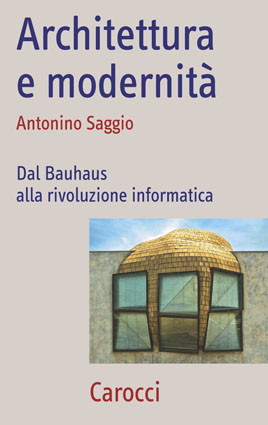
(1919-2019)
FROM BAUHAUS TO A NEW PARADIGM IN ARCHITECTURE
I. Paradigm Shift
II. Bauhaus: Revolutionary New Order
III. Search for a new Paradigm in Architecture
***
I. Paradigm Shift
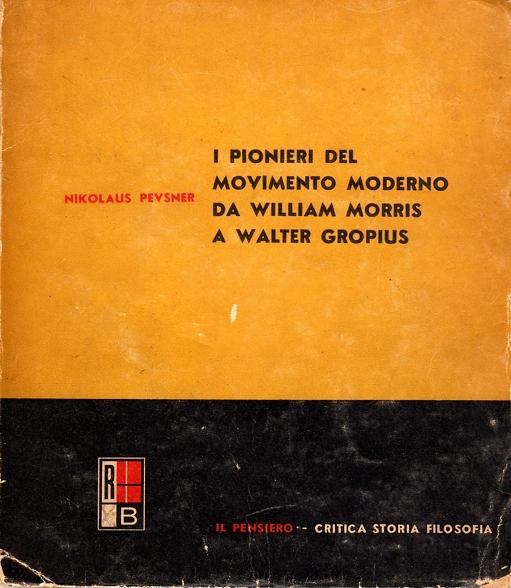 ..............
..............
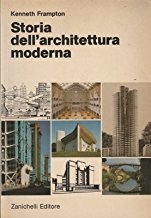



Thomas Kuhn
II. Bauhaus: a Revolutionary New Order
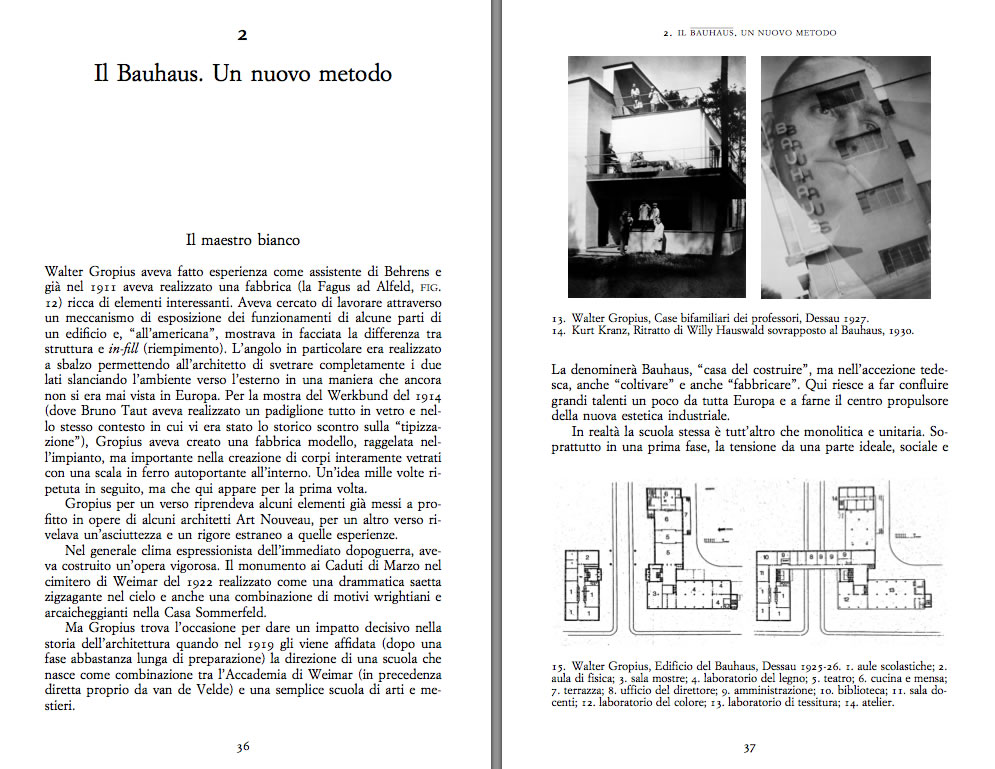


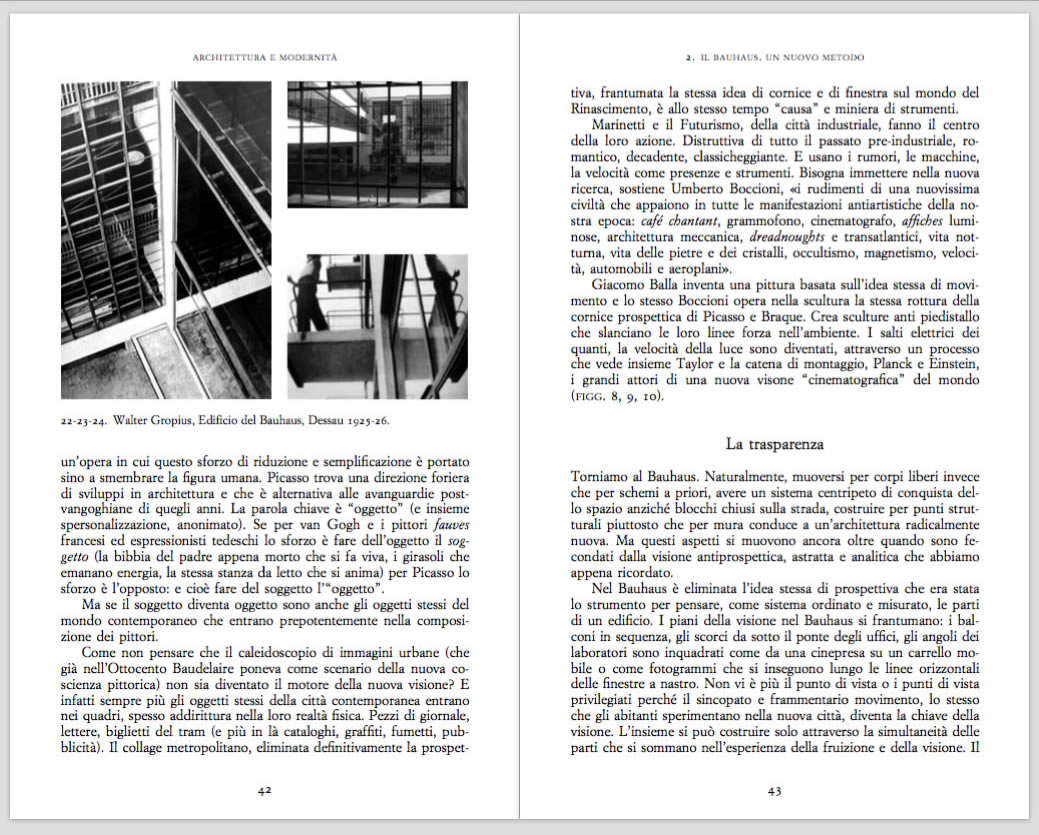
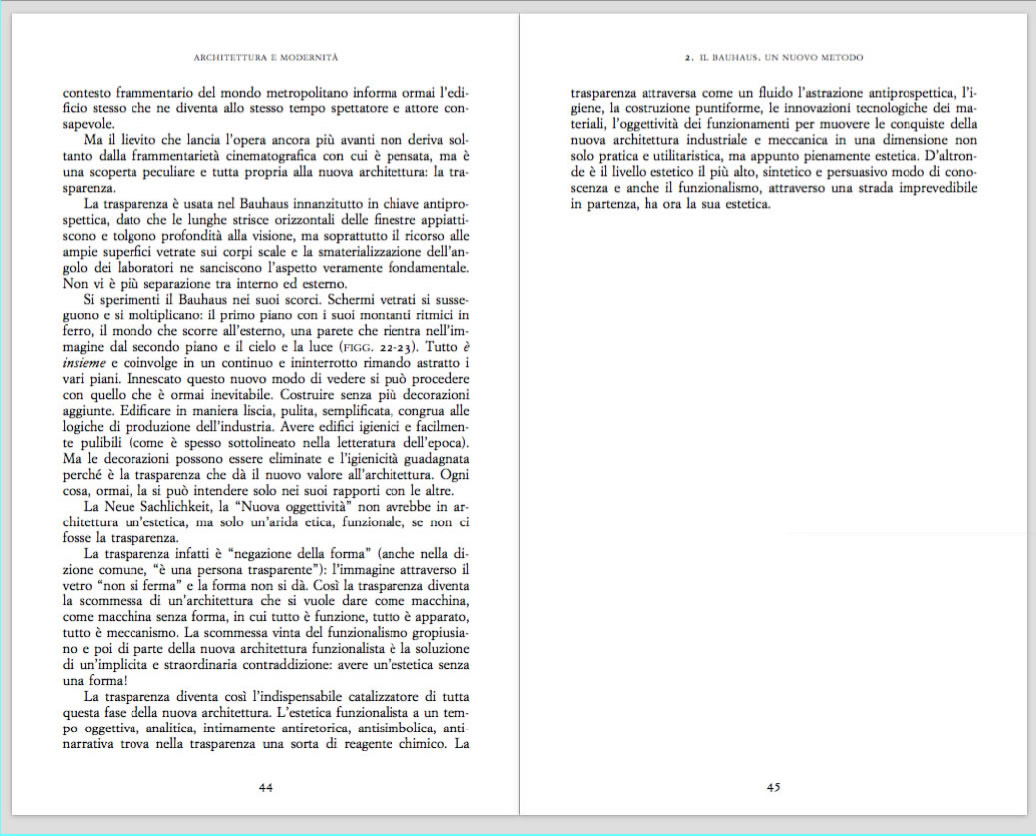
PROGRAMMA
Modernity is the answer to a crisis with a new Aesthetics
Celebrative / Productive /
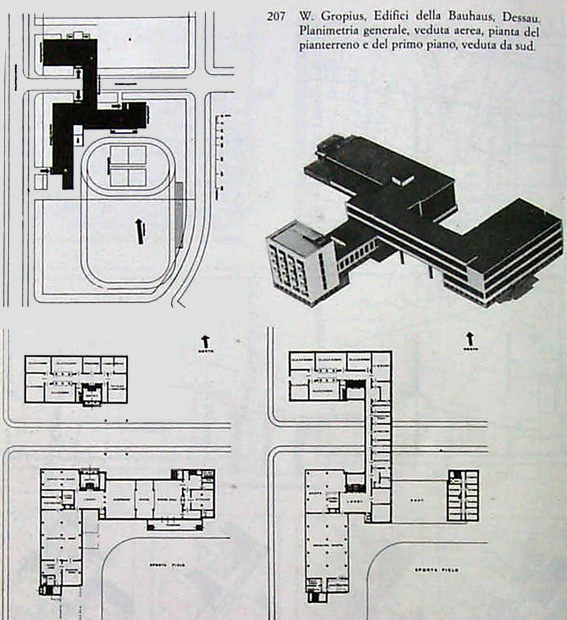
COSTRUZIONE
Continua / Puntiforme /


Bauhaus Critical interpretattion 1975 Chialastri, Macori, De Jacobis, Prestinenza, Saggio "Sapienza" Course Mario Docci, Course Walter Bordini
IDEA DI CITTA'
Chiusa / Aperta /
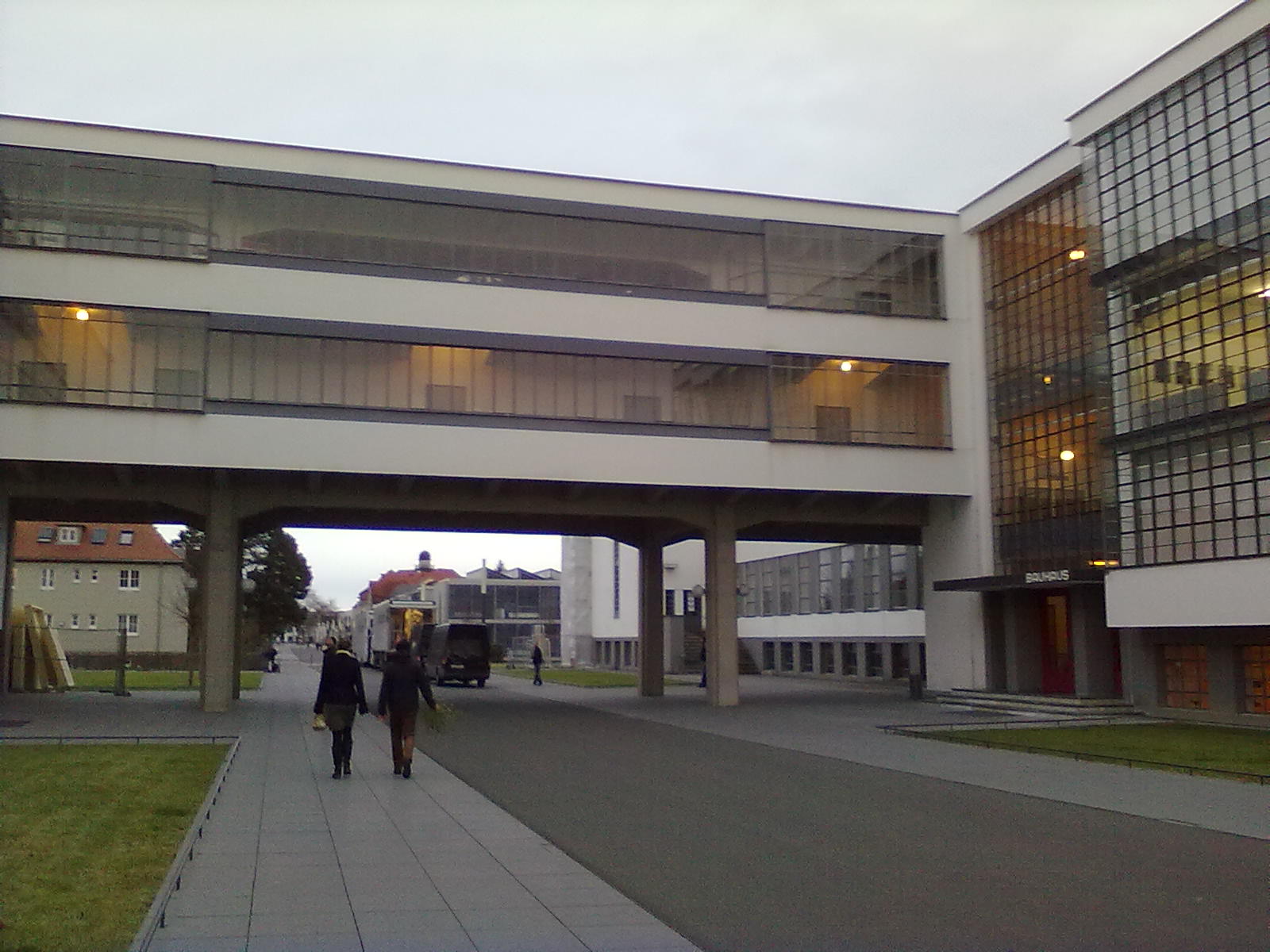
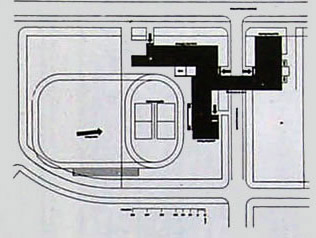
VISIONE
Figurativa / Astratta /

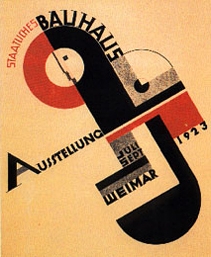
METODO
Tipologico: per calare, dentro la forma, le attività / a-Tiologico a partire dalla attività per desumere la forma/
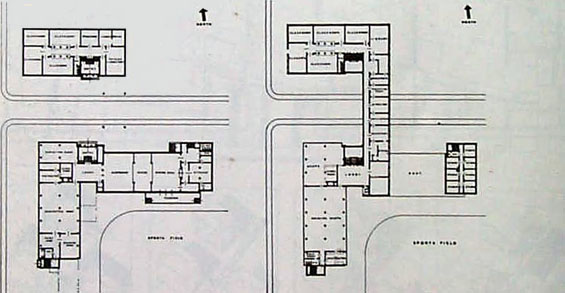 .
. 

ESPRESSIONE
Sintetica / Frammentaria /

CATALIZZATORE
Prospettiva / Trasparenza /

III. Search for a New Paradigm in Architecture



Experts from Antonino Saggio, The IT revolution in Architecture, Thoughts on a Paradigm shift, Lulu Raleigh 2009 and in Italiano Carocci Rome 2007 pp- 143-144
The World Has changed, We are in the Third Wave
Object/Subject.
This polarity synthesizes the presence of a completely different point of view with respect to the mechanistic object. The affirmation of the “subject” in our era characterizes a radical change in perspective and affects every field in today’s society.
and in particular:
New Objectivity/New Subjectivity.
As you may recall, Neue Sachlichkeit (New Objectivity) was a term much used in the 1920s, a real manifesto that directed many cultural, political, and artistic activities.
Datum/Information.
The first term again indicates an objective fact, while the second has at least a duel meaning: first of all conventional structure, thus belonging to the sphere of language, and second an intimate dynamic characteristic (in-formation).
Theory/Model.
The first term derives from the distribution of an established ideological belief that must be spread and applied (frequently an “ism” during the 20th century). The second term, in the mathematical sense linked with information technology, represents a series of variables to be tested and verified on variations in the activating context.
Nature/Landscape.
The first term recalls a “separate” (objective) presence of the natural world with respect to architecture; the second term recalls the idea of an interweaving between the subject that sees or designs and the object that is seen. This interweaving also extends to formative processes borrowed by architecture from the world of nature, simulated through the formalisms of information technology.
Zoning/Anti-zoning.
This recalls the polarity between a potentially mono- functional method of organizing the various parts of the city and one that recognizes the idea of mixitè ingrained in the information society and the subsequent combination of residential, work, cultural, commercial, infrastructure use, and leisure time activities.
Linearity/Leap.
From an alphabetical method (sequential and on a grid) to a hypertext method based on discontinuity, this polarity implies not only the difference between the cinematographic sequence (the principal communications method of the 20th century industrial paradigm) and hypertext (the method of the Internet), but also the notable differences in the idea itself of time and the coexistence of different reference systems.
Inductive/Deductive.
This deals with the prevalence of the hypothesis and verification method compared to the analytic and linear method. “If ... then” is replaced with “What ... if,” the idea of the line (including the assembly line) is replace with the idea of the network (including Netscape, the landscape of the network as well as the first widely used internet browser).
Plan/Diagram.
The inductive/deductive difference in the world of architecture strictly speaking emerges in the difference between plan and diagram, and thus between a deterministic and geometrical reference and one that is relational and topological.
Punctiform/Continuous.
From the construction point of view, the first method is summarized in the Domino plan by Le Corbusier and his celebrated “five points,” the second in the Guggenheim by Gehry in Bilbao and in reticular construction itself.
Organ space/System space.
From an idea of creating architectural space connected directly to a list of interior functions, and a linked, hierarchical mode of operation, to one that renders independent the various areas and needs of an architectural design and combines them in a network using systemic logic.
Abstraction/Figure.
The shift is away from pure, abstract lexical elements, with no precise meaning for an architecture that “functions” analogously to a machine, and toward the search for meanings, partly metaphorical, in the architectural work, rhetorical figures to insert into the world of mass media and communication in a “super-symbolic” society.
Transparency/Interactivity
. Transparency was the catalyzing element of functionalism and contained a concentrated collection of functional, logical, constructive, ideological, and synthetically aesthetic motifs; in the same way, the catalyst of the information technology paradigm gravitates around the concept of interactivity that again carries and concentrates communicative, informational, and personalizing aspects as well as those new relationships between the building and what is no longer the “other” in itself but something that interacts more and more with the various subjects, as if it were an IT model constructed within the material reality of the new architecture.
Modularity/Remixability.
The idea of the module is one of the great advances in thought connected to industrialization. Enormous progress was made by applying this principal. In the information era, the concept of modularity has not been abandoned but rather reinforced and brought to a new subjectivized dimension. The key concept is remixability. In music, block programming, fashion, and component production, more and more modular “pieces” are utilized that can be reassembled into a new, ever more personalized product.
Industrial Revolution/IT Revolution.
The term “IT Revolution” originated out of an incessant “ping-pong” of faxes between Professor Bruno Zevi and the writer in November 2006 when the section with the same name was about to be released
Facciamo un Mappa concettuale o Chart,
con lo scopo che ogni partecipante crei il proprio
e che progressivamente ciascuno lo ampli al terzo paradigma..quello informatico.
La richiesta o se volte il TO do, non sarà più oltre formalizzato, ma come è ovvio è fondamentale....

Michela Falcone Chart 2012
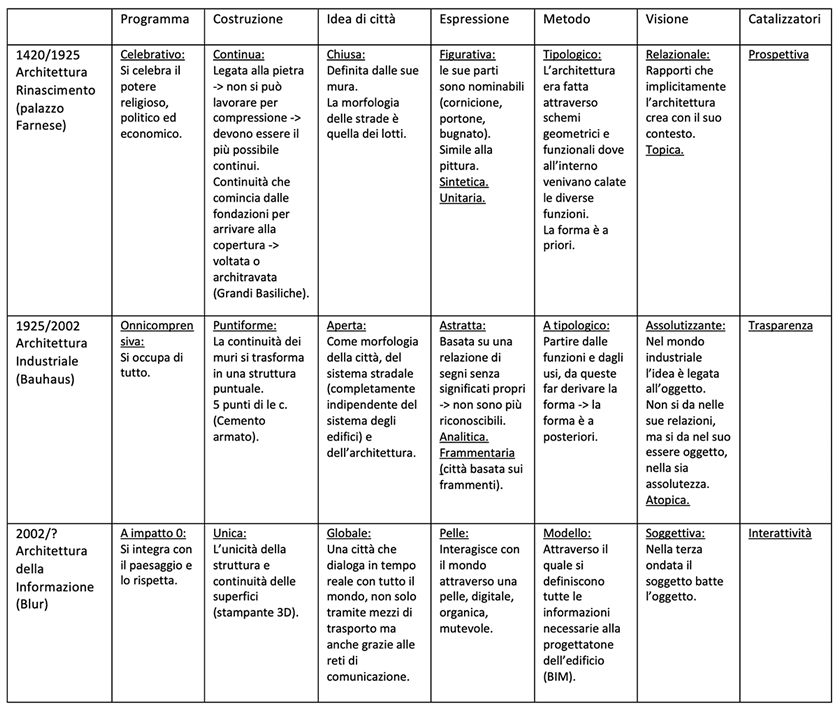
Benedetta Serchi Chart 2019

Valerio Perna chart
2013
PRIMA ONDATA / SECONDA ONDATA / TERZA ONDATA
UMANESIMO / INDUSTRIALE / INFORMATICA
IL CAMBIO DI PARADIGMA.
ARCHITETTURA DELL'UMANESIMO / ARCHITETTURA DELL'INDUSTRIAlESIMO / ARCHITETTURA DELL'INFORMAZIONE
Palazzo Farnese / Bauhaus / Blur
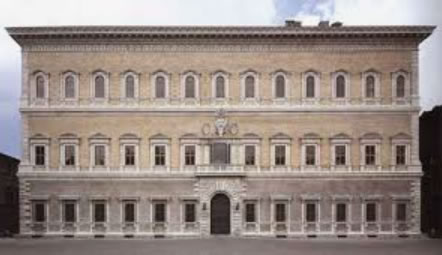
Palazzo Farnese

Bauhaus

Blur
PROGRAMMA
Celebrative / Productive / Narrative
Small / Large / Extra Large
Existenz aulicum / Existenz minimum / Existenza Maximum
Mono / Pluri / Mixed

Zaha Hadid, Bwm Firm and Headquarter, Lipsia 2007
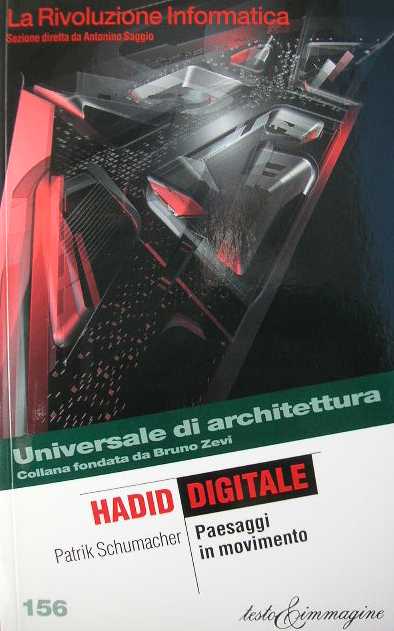
COSTRUZIONE
Continua / Puntiforme / Mesh
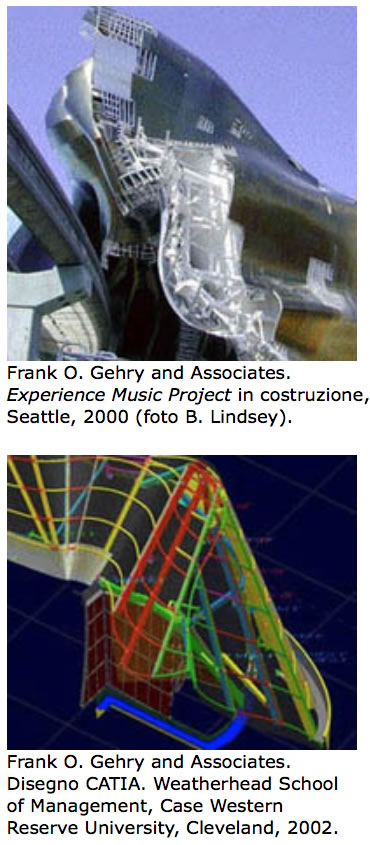

IDEA DI CITTA'
Chiusa / Aperta / Wedged
form New York to Seoul, from Madrid to London ... to Tirana "castel" in between


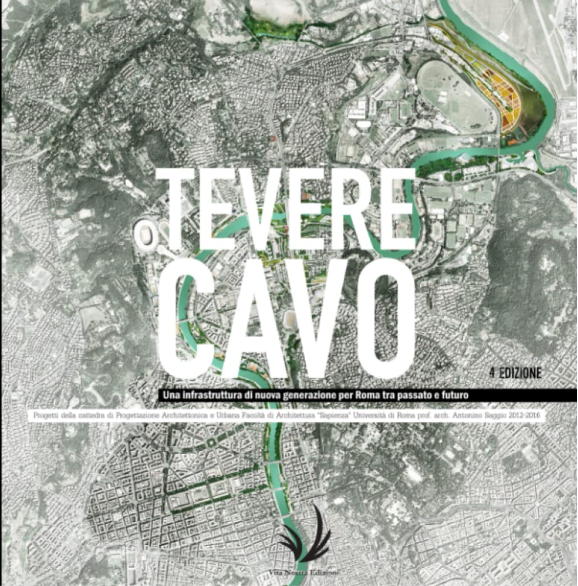
VISIONE
Figurativa / Astratta / Metaforica
(e cioè il Kiasma è astratto o è figurativo?, forse non è nell'uno nell'altro è metaforico
è l'uno e l'altro mescolati insiemi
oppure ed è molto interssante
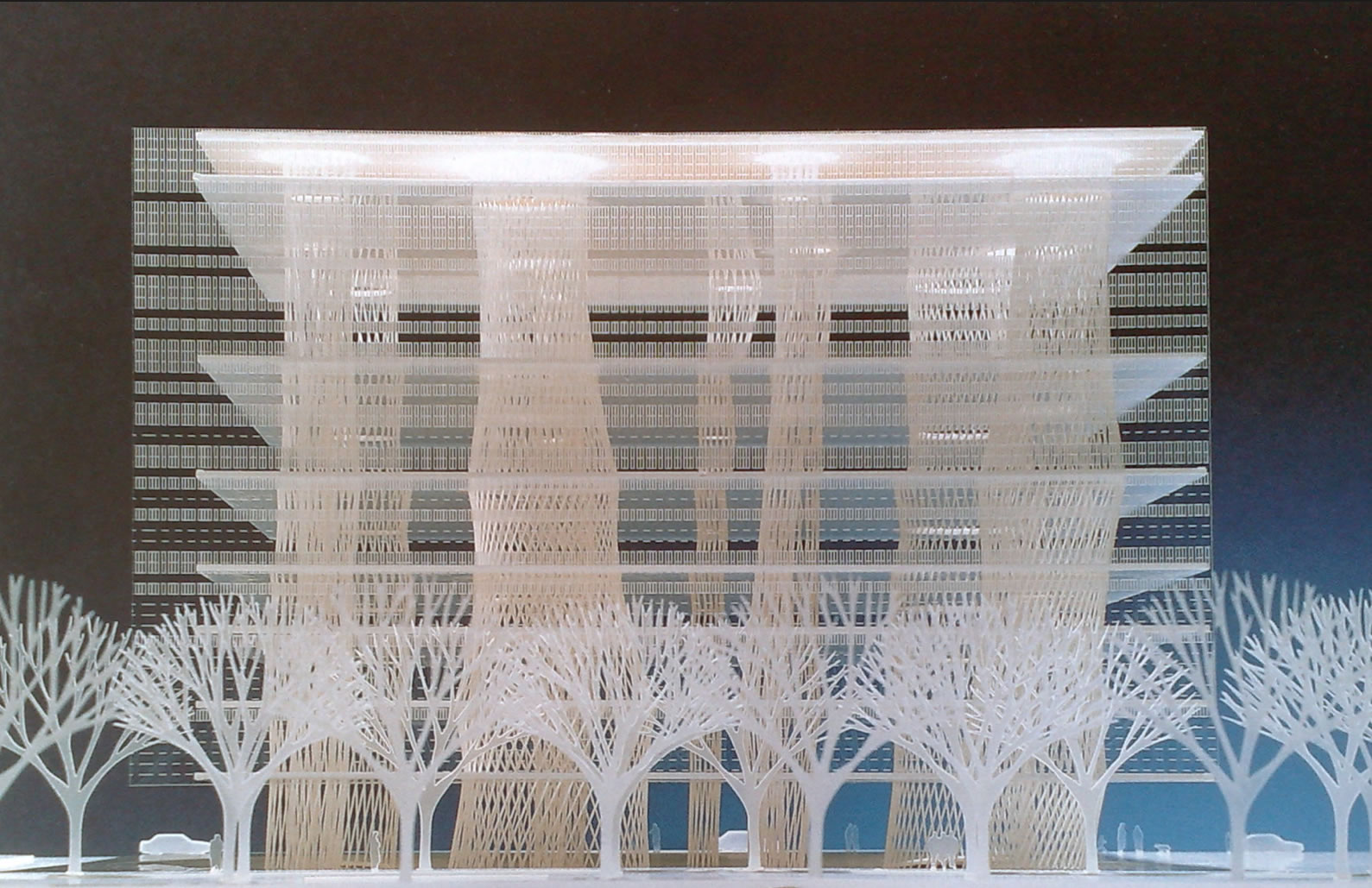
Toyo Ito, Mediateca, Sendai
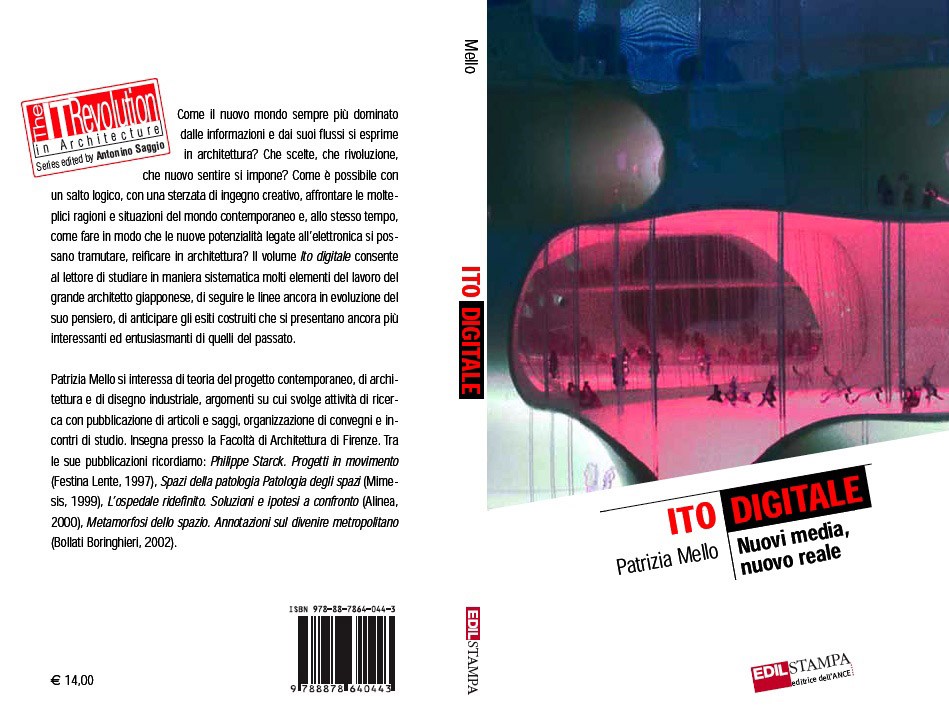
METODO
Tipologico: per calare dentro la forma le attività / a-Tiologico partire dalla attività / Diagram e/o Modello

UN STUDIO, Mercedes Museum

EPub Free DownLoad Tirana Architecture Week !
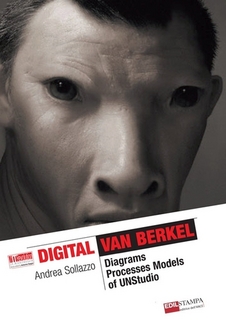
Digital Van Berkel. Diagrams, Processes, Models of UNStudio by Andrea Sollazzo
ESPRESSIONE
Sintetica / Frammentaria / Digitized
oppure interessante
Umanamente Relazionale / Macchinisticamente Assolutolizzante / Informaticamente soggettivizzante (quella degli endoscopi dei droni..)
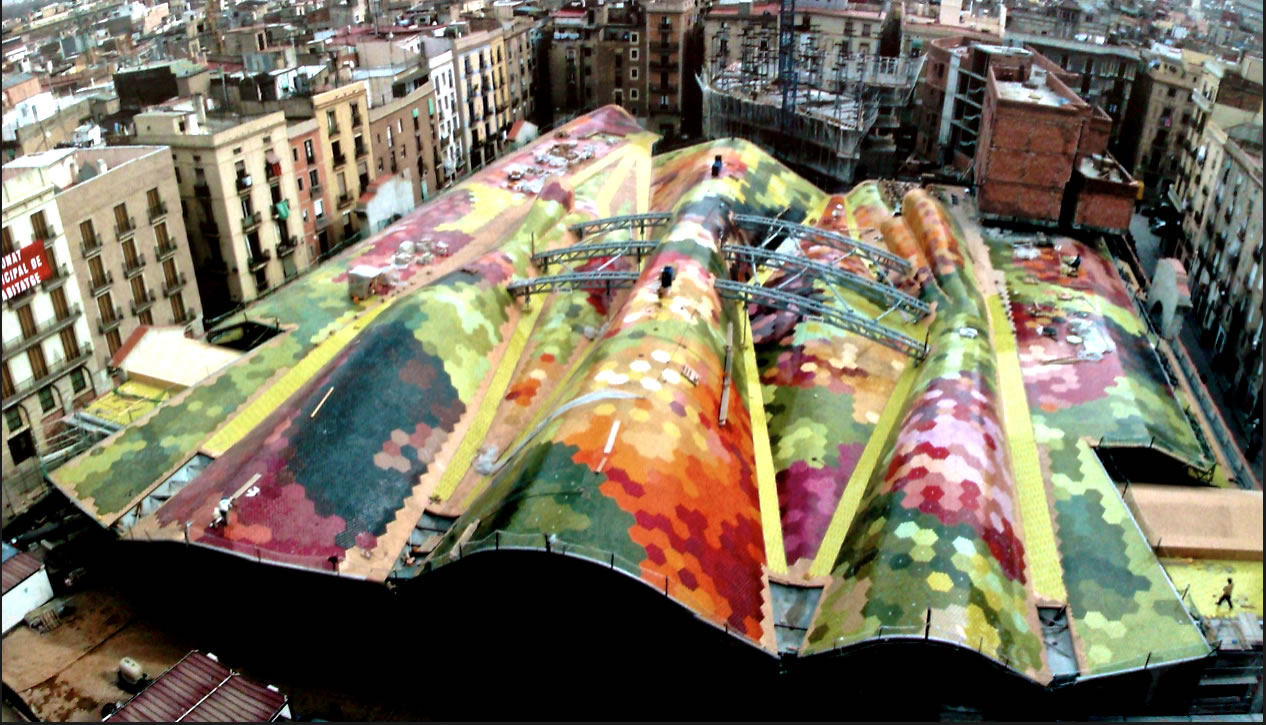
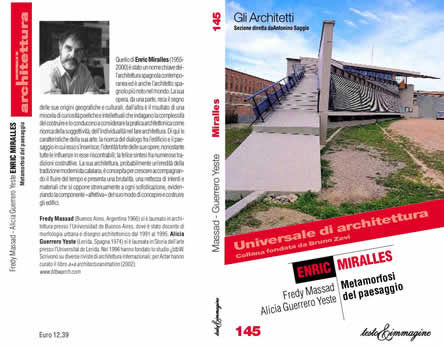
e se no
relazione / oggttiva / soggettiva quella del drone degli endospoi dei microsopi
CATALIZZATORE
Prospettiva / Trasparenza / Interactivity

Diller Scofidio + Renfro the Shed New York 2019

Bordoni Lo Basso Saggio Student's IT caad course 2019
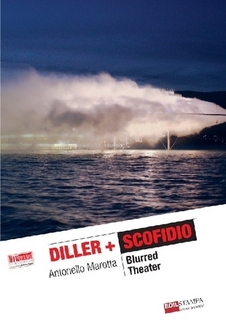
Antonello Marotta, Diller + Scofidio, Edilstampa, Rome 2009
http://www.arc1.uniroma1.it/saggio/Conferenze/Tirana/Athomas_kuhn_13.jpg
– oggetto/soggetto; – nuova oggettività/nuova soggettività; – dato/informazione; – teoria/modello; – natura/paesaggio; – zoning/antizoning; – linearità/salto; – induttivo/deduttivo; – schema/diagramma; – puntiforme/continuo; – spazio organo/spazio sistema; – astrazione/figura; – trasparenza/interattività; – modularità/rimixabilit.
Blog dedicato al Bauhaus sul blog Architettura e Modernità

Many Thanks !
AntoSag@Gmail.com
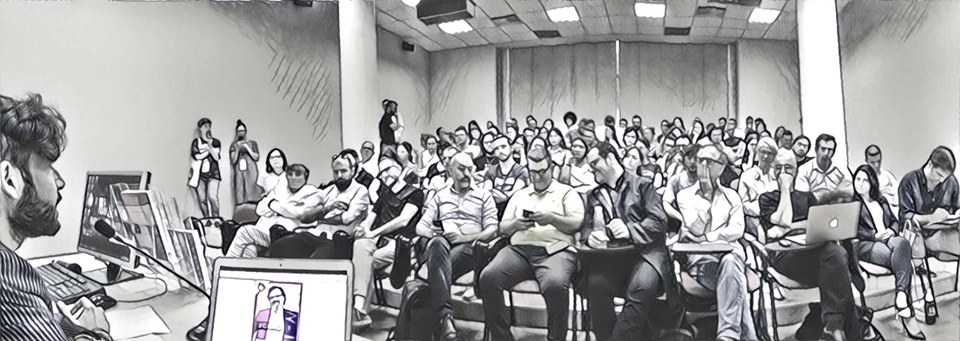
Thanks to Polis University professors Besnik Aliaj and professor Sotir Dhamo
To dr. Valerio Perna for his Introduction
To the Istituro Italiano di Cultura dr.ssa Alessandra Bertini
Antonino Saggio Home



 ..............
..............
















 .
. 
































